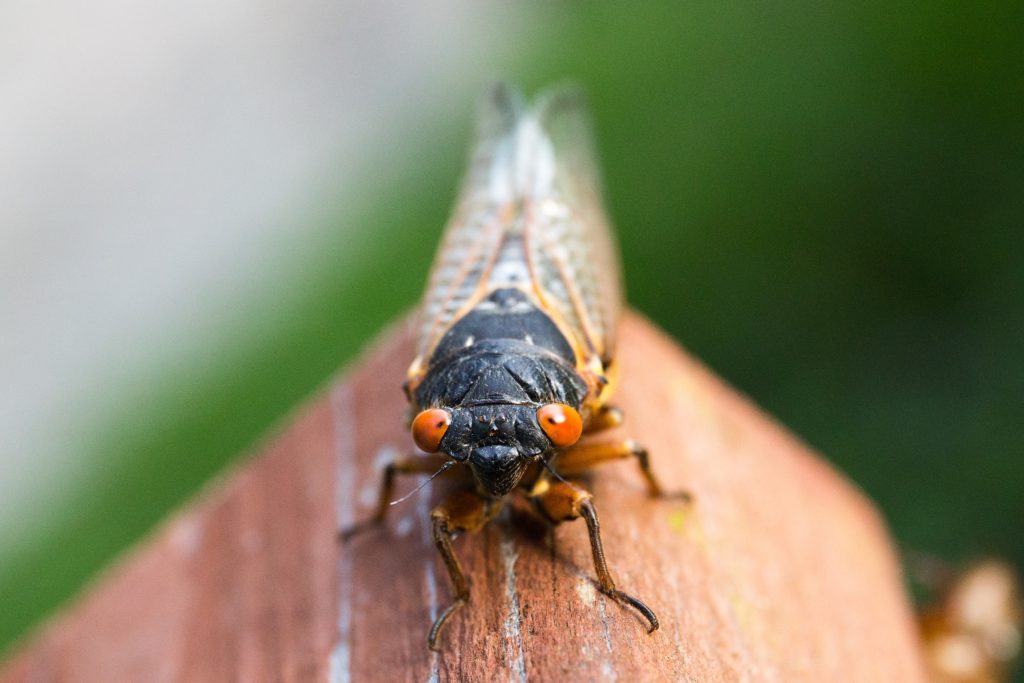
Many people think of cicadas as creepy, even terrifying, pests. But Mike Raupp sees them differently.
He calls them “brilliant,” “fascinating,” even “wonderful.”
Raupp, an entomology professor emeritus at the University of Maryland, has studied the little bugs for decades. Now that they’re set to come back in abundance this spring, Raupp wants to assuage your fears.
Toward the end of May, billions of cicadas will emerge from the soil. These are periodical cicadas, since they come every 17 years; they’re smaller and more reddish-orange than the ones we see annually. And Maryland is the epicenter of their emergence, meaning we’re sure to see — and hear — millions of the winged insects.
This 17-year period might seem random. But it’s actually a survival strategy, according to Raupp. The cicadas — this year called Brood X — appear in massive numbers so that even if millions get eaten by predators there’ll still be more than enough to keep the species going.
“This is a fascinating event that happens a handful of times in a person’s lifetime,” he says. “This is the opportunity for anyone to have a National Geographic special in their backyard.”
With their bright red eyes, Brood X cicadas may look frightening, but there’s no reason to be scared, explains Raupp. They can’t sting or bite you, and they aren’t poisonous to you or your pets — actually, humans and animals have eaten cicadas for centuries, he says.
Neither will they do any damage to your house or lawn. However, you might need to keep an eye on your trees. Females lay their eggs in small branches, which can weigh them down and cause them to turn brown or fall off.
There’s no long-term effect on the tree, but Raupp recommends buying plastic cicada netting online and placing it around your trees to prevent branch loss. Make sure your mesh is one centimeter wide or smaller — if not, the bugs can sneak through.
One thing you should never do: use insecticides on cicadas. It’s easy to understand why people might be tempted, since there are going to be so many of them. But Raupp says these products hurt beneficial insects, such as bees or butterflies, and they don’t even work to keep cicadas at bay.
Despite this information, he realizes many people still feel wary.
“If people are really afraid of cicadas, they should learn as much as they can about cicadas right now and try to understand they’re really not harmful,” Raupp says.
This story first appeared in our April/May 2021 issue.





How long do Cicada’s typically hang around?
A month or so I think